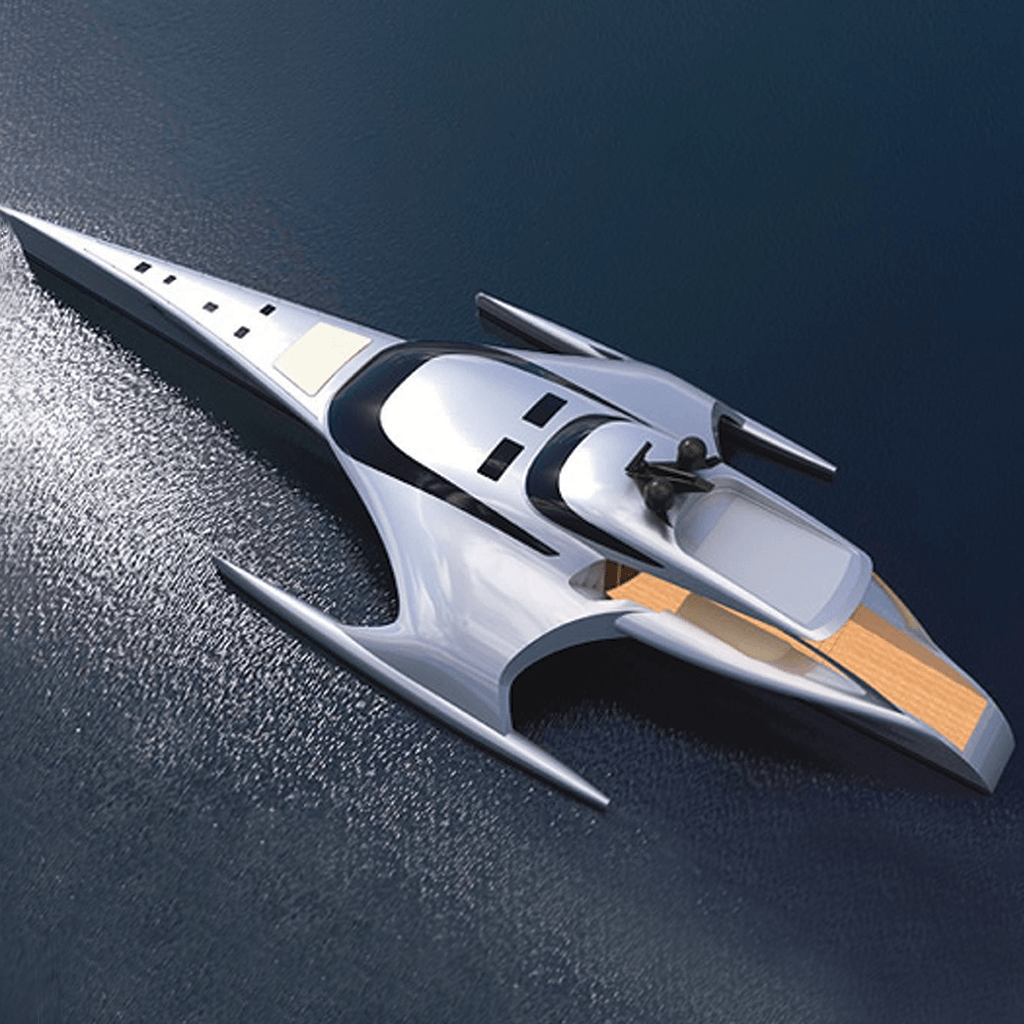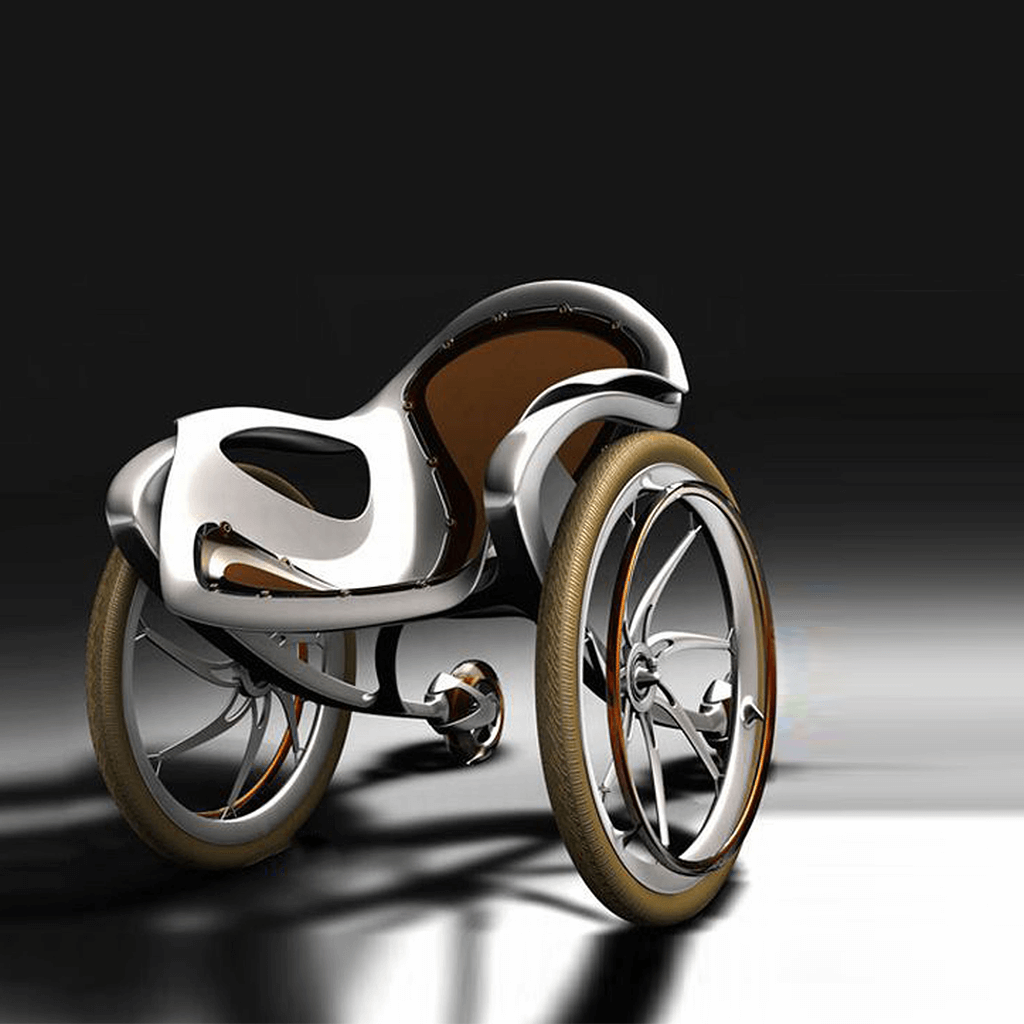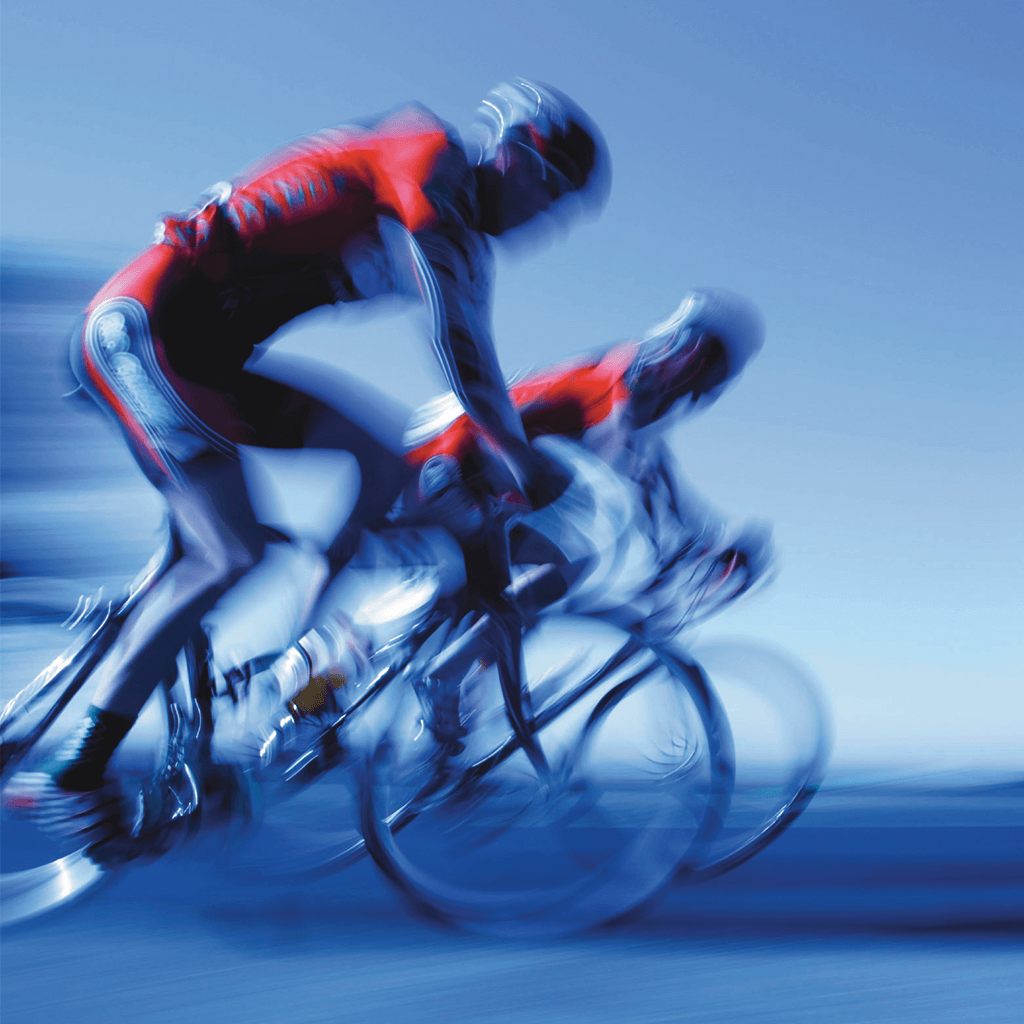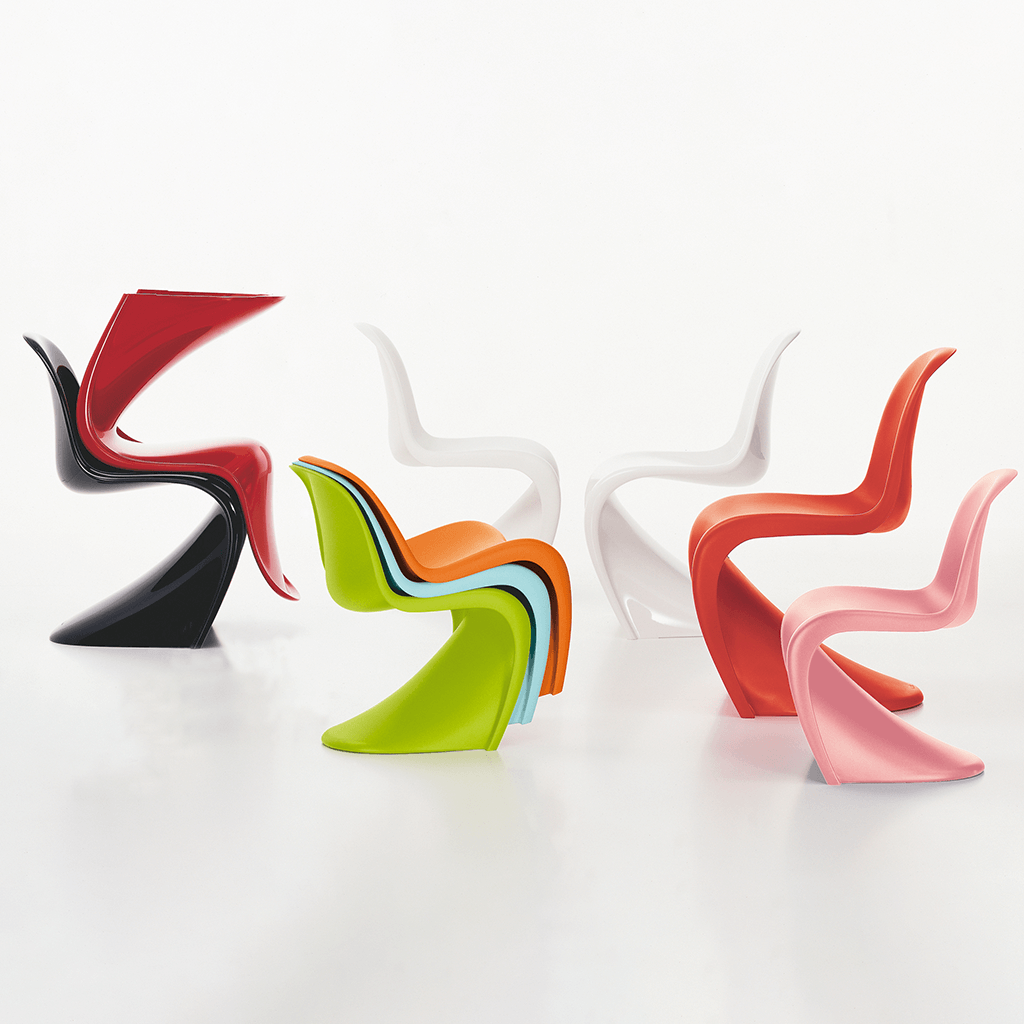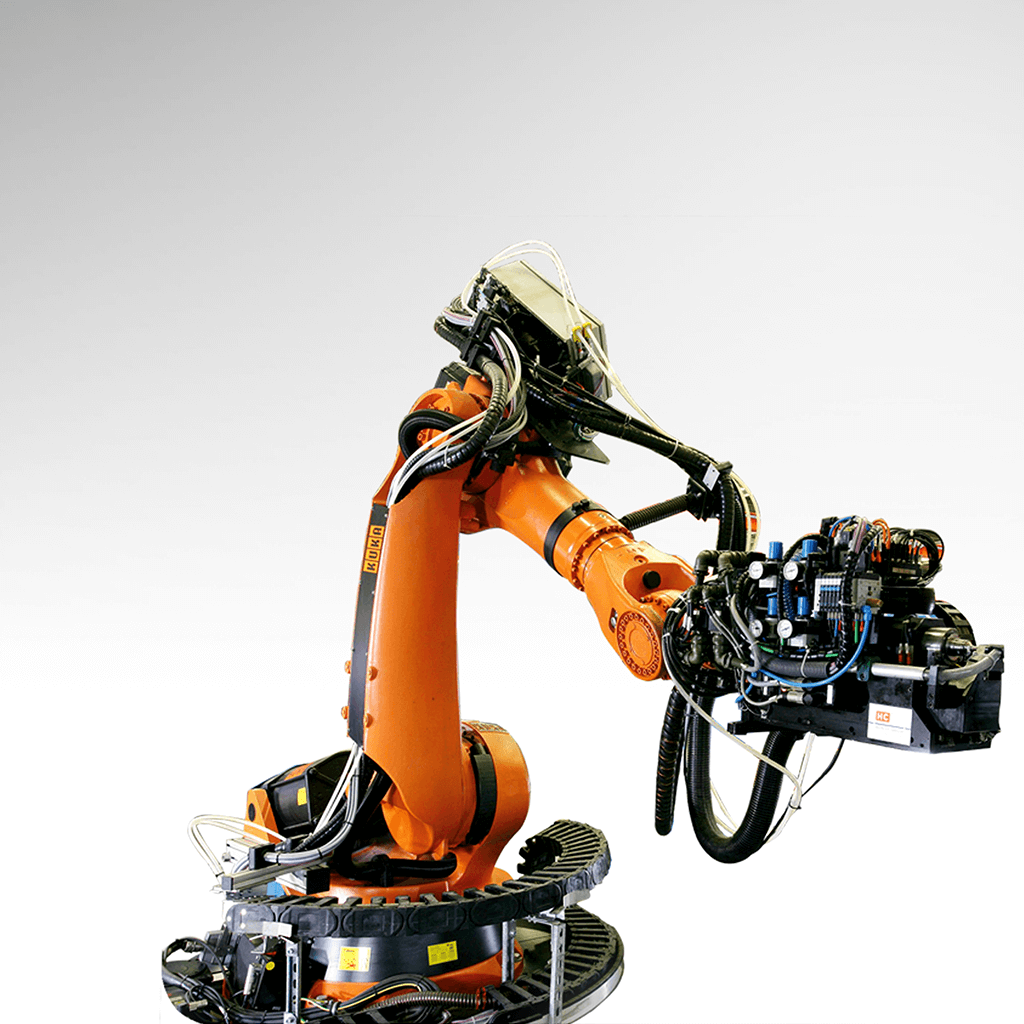Athletics, also known as track and field, was the premier event of the Ancient Olympic Games in Greece. When the Games were revived in Athens in 1896, athletics competitions marked the rebirth of a tradition that has now endured for over a century. The first Paralympic Games, inaugurated in Rome in the 1960 edition, quickly added the discipline to its programme. In fact, athletics is one of the oldest parasports to be recognised at the Olympic level.
Sports legends like Jesse Owens, Carl Lewis, or Usain Bolt have all left their mark on the history of Olympic athletics. These track and field athletes have garnered the admiration and inspiration of many generations.
How athletes have a leg up to the podium with composites
Composite materials play a crucial role in improving an athlete’s performance in track and field events and are featured anywhere from the sports facilities themselves to the equipment athletes use. As examples of the contributions that composite materials make to improving performance in the discipline, light weight, strength, and flexibility can all be cited.
Both carbon fibre and Kevlar are known for their light weight and very strong properties. When these materials are used to manufacture equipment like running shoes, poles for high jump, and even wheelchair chassis, overall weight is lower. This enables athletes to be faster and more precise in their movements.
Composite materials also offer excellent mechanical strength. This means that they can resist high loads without being permanently deformed. In the context of athletics, this means that equipment is stronger and more sturdy, able to withstand the rigours of elite competitions and intensive training.
In addition, some composite materials are designed to absorb and dissipate the energy from impacts. This can be beneficial in events like the high jump or long jump where athletes hit the ground with substantial force. Composite structures can reduce the stress that the body is subjected to.
Finally, composites afford great design freedom for equipment and facilities. Engineers can customise them and adjust the properties of the materials used. For example, stiffness and flexibility can be adjusted to suit the specific needs of each discipline, optimising performance and meeting the individual requirements of each athlete.
Judicious use of composite materials in the design of sports equipment therefore contributes to improving performance in track and field through their light weight, strength and flexibility. These technological innovations continue to evolve, and in turn, make continual improvement possible in athletics.
Composite applications poised to win medals
A revival of the strength and comfort of carbon-fibre plates running shoes
At the beginning of the 2000s, Adidas quietly launched ProPlate, the first running shoe to feature a carbon fibre plate. Performance was not yet the focus of the times, and neither was running the phenomena it is today.
When the Vaporfly launched in 2017, Nike made a lot more noise on the market by breaking records and with its skyrocketing sales figures. In the world of running, this shoe was the topic of much media hype. The first model boasted 4% energy savings. Tech doping, spring-loaded sole, marketing pitch, and quite possibly the best technological innovation of all time: all comments that could be found on the web about running shoes with carbon fibre plates.
Two types of carbon fibre insoles exist:
- Full-length carbon fibre plates; which give great energy return and support heel-to-toe propulsion.
- Carbon fibre plate only at the front of the shoe, reducing the energy lost on the forefoot, improving stride and leaving the heel comfort unaltered.
Nike Vaporfly Next%2 benefits from changes in design that lighten the shoe so runners ‘feel’ their feet moving faster during races. The Zoom X foam has been designed to improve energy return and provide unparalleled comfort no matter the miles put in. It propels the runner forward with each stride. Nike-sponsored marathoner Garlen Rupp even claimed to have the feeling of running downhill. This Nike racing shoe is made for experienced runners seeking a lightweight shoe streamlined for competition.
Carbon fibre wheelchair racing wheels bring victory within arm’s reach
The wheelchair is an indispensable piece of equipment for parasport athletes taking part in athletics events. Whether fitted with a supple fabric-covered frame for greater comfort in amateur parasports competitions or a rigid frame for professional-level events, wheelchairs offer athletes stability, ease of handling, power and safety.
Wheelchair weight varies between 8-10 kg, and length ranges from 170-190 cm. During competitions, athletes can reach speeds of 36 km/h. Several types of wheels are available: wheels with stainless or monobloc spokes, and disc or lenticular models. Today, athletes choose carbon disc wheels for performance. With them, the athlete’s hands push on the rims to accelerate, using soft, padded gloves or hard gloves that are often hand-crafted.
In 1991, Corima introduced monobloc wheels designed especially for parasport wheelchairs. They are rigid and strong, on par with the strain and the force applied by athletes pushing on the handrims from an inclined position. Parasport wheelchair wheels are therefore subjected to extreme conditions. Athletes competing in challenging sports consider Corima wheels to be among the best on the market, because they meet expectations for high performance. Corima sells carbon fibre wheels both individually and in packs. Many athletes prefer them for their sturdiness, aerodynamics and feather weight.
Introduction to the sport
Athletics – or track and field – is one of the oldest disciplines in the Games. With the reinstatement of the modern Games in 1896, athletics has been a major component. It brings together athletes from around the world for a multitude of events that put physical and athletic prowess to the test. Athletics is often considered one of the Games’ crowning sports because of its history, its global popularity, and symbolic role in the Olympic ideal.
Athletics is also an essential part of the Paralympic Games. Paralympic athletics events are designed so that athletes with different types of handicaps can participate, reflecting the principles of diversity and inclusion. These events are also a way to raise public awareness of diverse abilities and to promote inclusion in sport.
Competitions
In the Olympic Games, athletics includes a wide array of events. Each discipline tests a unique combination of skills. Races, whether on track or on road, showcase athlete speed, while jumping and throwing highlight power and precision.
Sprinting races like the 100m and 200m are among the most widely covered events. Viewers are glued to their screens as they watch the swiftest runners compete on the track. Long-distance races like the marathon put athletes’ endurance and perseverance on display.
Long jump, high jump, and pole vaulting, as well as the javelin, discus and shot-put competitions show off the variety of skillsets in athletics. These events demonstrate not only an athlete’s raw power but also their agility and technique.
Paralympic athletics events include a broad selection of disciplines, some of which are adapted to different categories of abilities. They are often grouped together into specific classes according to type of disability, which gives athletes the opportunity to compete on equal footing. The main classes of paralympic athletes include people with visual, physical and intellectual impairments.
Paralympic athletics competitions cover, for example, wheelchair racing, running, long and high jump, and throwing.
International federation
World Athletics was founded in 1912 by representatives of 17 national athletics federations. To date, it brings together six continental associations for a total number of 214 national federations and has several missions.
Since its founding, World Athletics has been the consultative body contributing to progress in competitions and the rules governing them. It also works to standardise the timekeeping and measurement methods used to evaluate sporting performance by discipline. In addition, it is in charge of approving and recording world records achieved during official athletics competitions.
Finally, it falls upon the federation to approve or prohibit new equipment applications, so that competition is not hindered by the use of equipment that may give unfair competitive advantages. The most recent example is the prohibition of carbon fibre ‘blades’ in racing competitions. The federation considered these to be running-specific prostheses (RSPs) affording athletes a longer stride and potential to impact their maximum sprinting speed. Since the public debut of RSPs when Oscar Pistorius, the athlete with amputated lower limbs known as ‘Blade Runner,’ used them, these prostheses have since been banned from non-parasport racing.
Athletics observes the rules set forth by World Athletics, which have been adapted to accommodate paralympic athletes. The International Paralympic Committee (IPC) has since adapted the rules from World Athletics for parasport athletes.
On the road to Olympic and Paralympic Games


